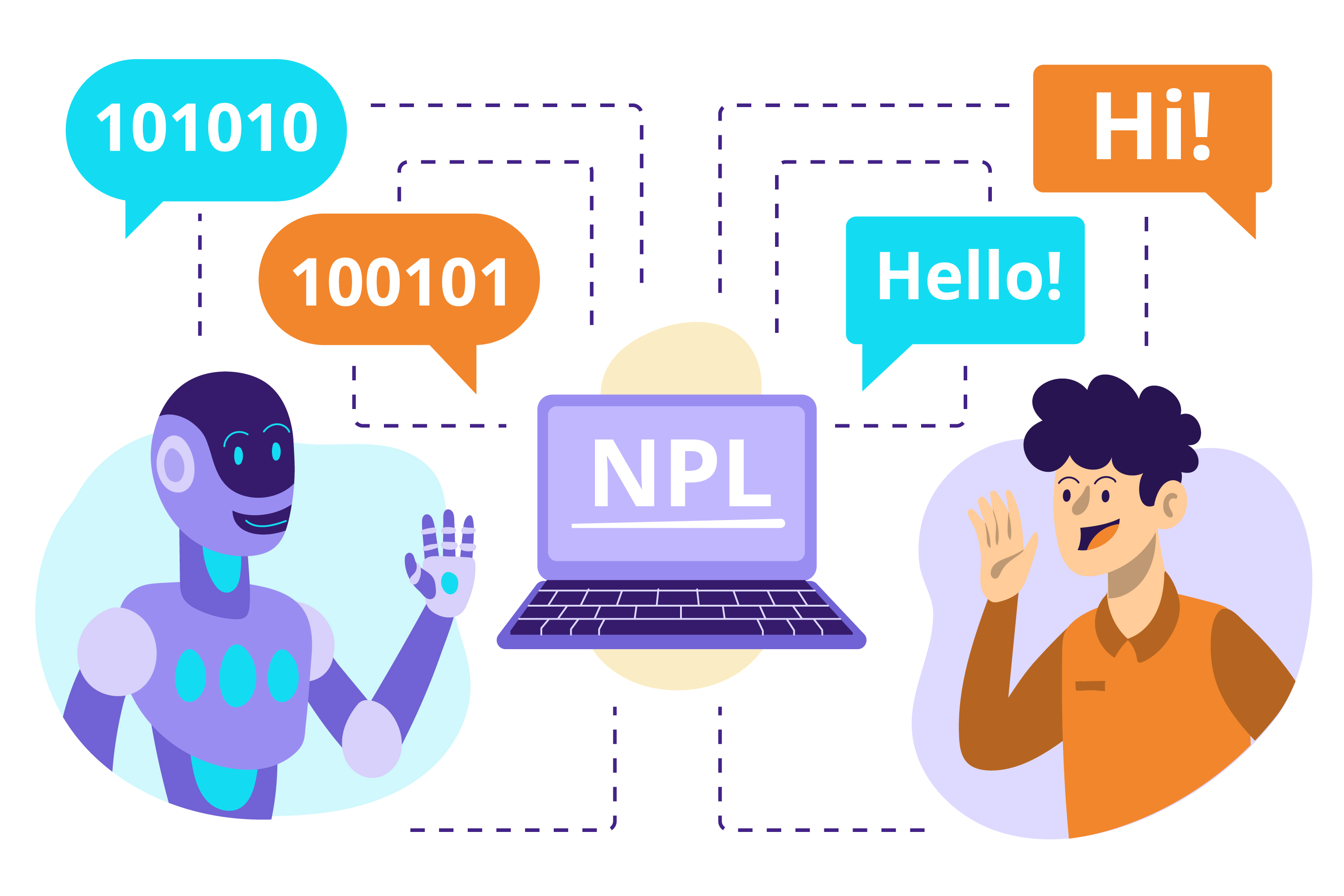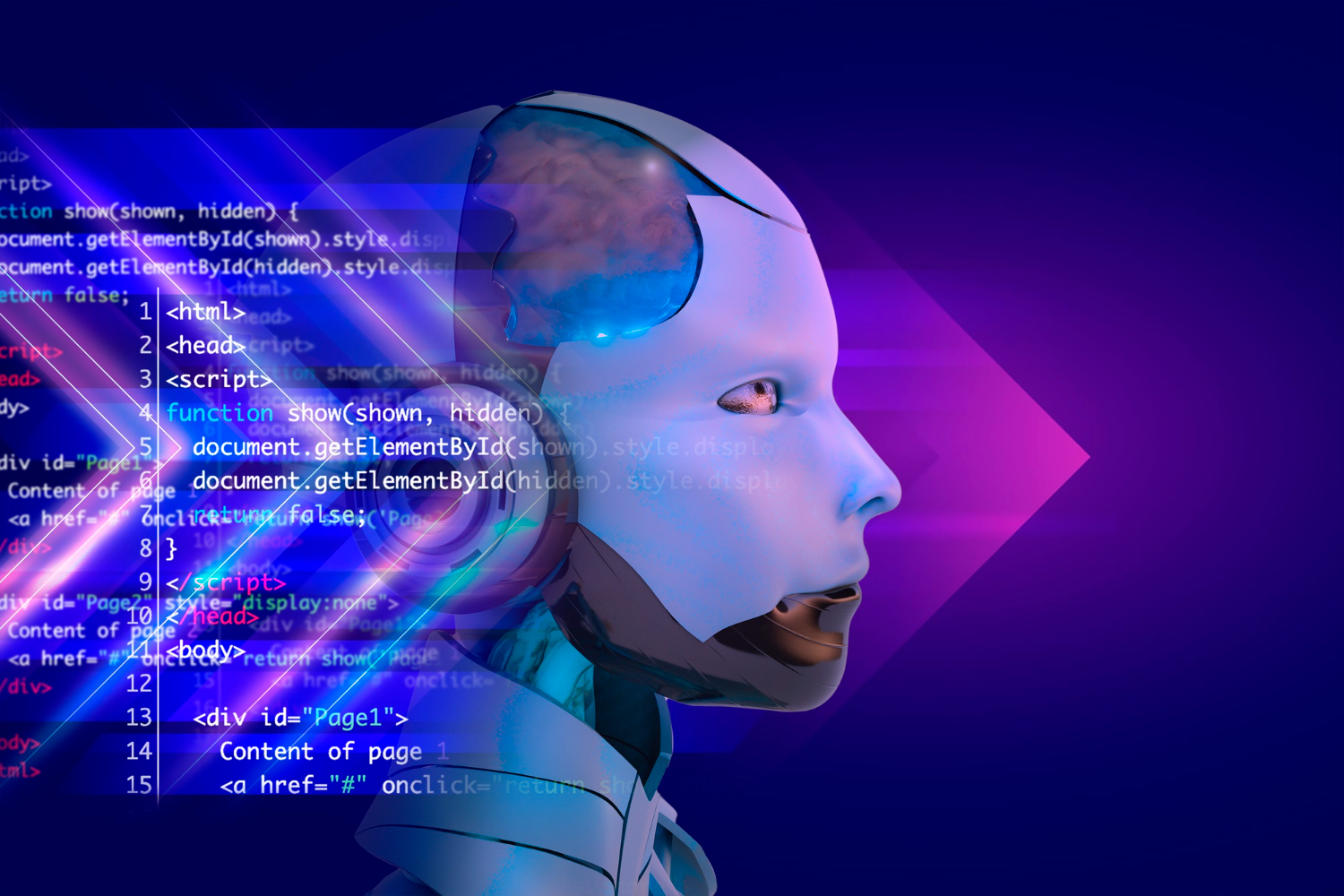Introduction:
CoreML, Apple’s machine learning framework, empowers developers to easily integrate powerful machine learning models into their iOS, macOS, watchOS, and tvOS applications. This technology allows developers to enhance their apps with intelligent features such as image recognition, natural language processing, and predictive analysis. In this guide, we’ll explore the capabilities of CoreML and how it can redefine your app development process.
Understanding CoreML:
CoreML simplifies the integration of machine learning models into your apps by providing a unified framework for deploying trained models. Models can be converted to the CoreML format using tools like coremltools, making them compatible with Apple’s ecosystem. These models can then be seamlessly integrated into your app’s codebase, running efficiently on the user’s device thanks to CoreML’s support for the device’s neural engine.
Applications of Cor ML:
The technology supports a wide range of machine learning tasks, including image recognition, natural language processing, and more. With the Vision framework, developers can implement image recognition features in their apps, allowing users to identify objects, scenes, and text within images. Similarly, CoreML’s Natural Language Framework enables developers to perform text analysis tasks such as sentiment analysis, language detection, and entity recognition.
Enhancing User Experience:
With CoreML, developers can create apps that provide custom-made experiences based on user data. Trained models can analyse user behaviour and preferences, allowing apps to offer tailored recommendations, predictive text input, and intelligent assistance. Its ability to run models locally on the user’s device ensures fast and responsive performance without relying on network connectivity.
Optimising Performance:
CoreML optimises the performance of machine learning models by efficiently utilising the device’s CPU and GPU resources. Models converted to the CoreML format are optimised for device-specific hardware, ensuring optimal performance and minimal battery consumption. Additionally, Core ML supports quantisation, a technique that reduces model size and improves inference speed without compromising accuracy.
Real-life examples:
Real-life examples demonstrate the versatility and effectiveness of CoreML in various applications. For instance, consider a retail app that utilises it for image recognition. The app can quickly identify products from user-uploaded images by converting a pre-trained neural network model to CoreML format, providing instant information such as pricing, reviews, and availability.
This implementation enhances the user experience and showcases its ability to handle complex neural networks efficiently on-device, ensuring optimal performance without compromising device performance.
Additionally, CoreML can be leveraged in the healthcare sector to analyse medical images such as X-rays and MRIs. By training CoreML models with large datasets of annotated images, healthcare professionals can obtain accurate diagnostic insights directly on their devices, speeding up the diagnosis process and improving patient outcomes.
These examples highlight how CoreML’s robust tools and formats, trained neural networks, and optimised device performance enable innovative solutions across diverse industries.
How TechnoLynx Can Help:
At TechnoLynx, we specialise in developing cutting-edge machine learning solutions using CoreML. Our team of experienced developers and data scientists can assist you in every step of the CoreML integration process, from model selection and conversion to deployment and optimisation. Whether you’re looking to implement image recognition, natural language processing, or predictive analysis features in your app, we have the expertise to help you unlock the full potential of Core ML for your business needs.
Check our related article on A Gentle Introduction to CoreMLtools for a detailed technical view of the topic, written by our talented engineers!
Image by Freepik













